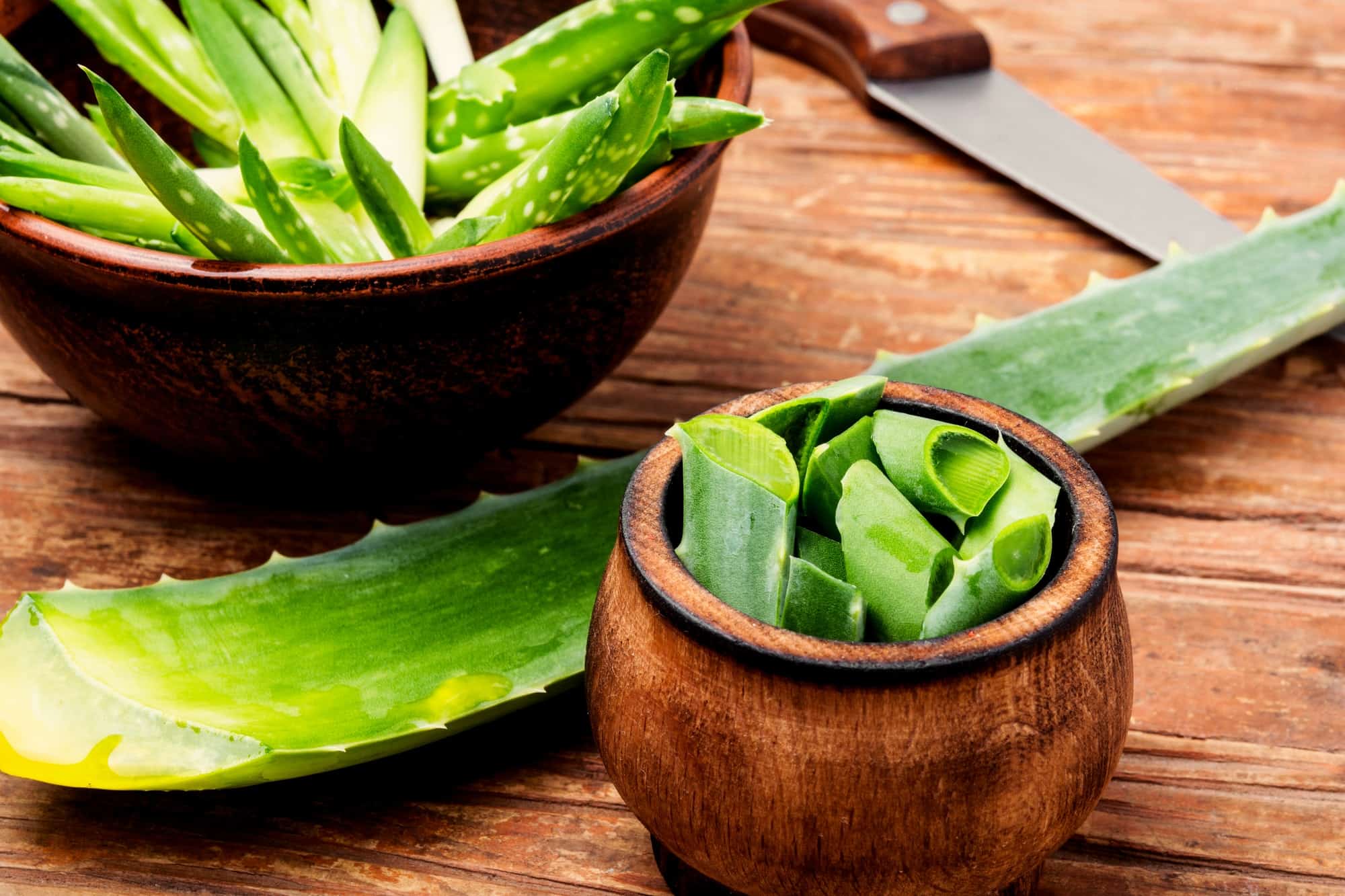

Articles
How To Store Cut Aloe Leaves
Modified: February 19, 2024
Learn how to store and preserve cut aloe leaves properly with these helpful articles. Discover the best techniques for maintaining the freshness and effectiveness of aloe foliage.
(Many of the links in this article redirect to a specific reviewed product. Your purchase of these products through affiliate links helps to generate commission for Storables.com, at no extra cost. Learn more)
Introduction
Keeping a supply of fresh aloe leaves on hand can be incredibly beneficial. Aloe vera is a versatile plant that offers various health and beauty benefits. From soothing sunburns to moisturizing the skin, aloe vera is a natural remedy that has been used for centuries.
However, once you’ve harvested or purchased aloe leaves, it’s important to know how to store them properly to ensure their freshness and effectiveness. Whether you plan to use aloe leaves for topical application or incorporate them into homemade beauty products, proper storage techniques can significantly increase their shelf life.
In this article, we will guide you through the process of storing cut aloe leaves to ensure their longevity and maximum effectiveness. We will explore various storage methods, including refrigeration, freezing, and room temperature storage. Additionally, we will provide essential tips to maintain the quality and potency of your stored aloe leaves.
So, let’s dive into the world of aloe vera storage and learn how to preserve those precious leaves!
Key Takeaways:
- Properly storing cut aloe leaves is crucial for maintaining their freshness and effectiveness. Whether refrigerating, freezing, or storing at room temperature, following the right steps ensures a ready supply of potent aloe vera gel.
- Harvesting mature aloe leaves and choosing the right storage container are essential steps in preserving their beneficial properties. Whether refrigerating, freezing, or storing at room temperature, maintaining the quality of stored aloe leaves ensures their potency for future use.
Read more: How To Store Aloe Vera Leaves
Step 1: Harvesting Aloe Leaves
The first step in storing aloe leaves is to harvest them properly. This ensures that you have fresh and healthy leaves to store for later use.
To begin, locate mature aloe vera plants with fully-grown leaves. Look for leaves that are thick and plump, indicating that they have a high concentration of gel. Avoid harvesting leaves from young plants as they may not have developed enough gel content.
When harvesting the leaves, use a sharp knife or garden shears to carefully cut them near the base of the plant. Aim to cut as close to the stem as possible without damaging the plant itself. This allows the plant to heal more quickly and encourages new leaf growth.
It’s essential to only cut the outer leaves of the aloe plant, leaving the inner leaves intact. This ensures that the plant can continue to grow and thrive. Leave at least a few outer leaves on the plant to maintain its overall health.
After you have harvested the desired number of aloe leaves, gently rinse them under cool water to remove any dirt or debris. Pat them dry with a clean towel or let them air dry completely before moving on to the next step.
Harvesting aloe leaves can be a rewarding and therapeutic experience. By following these guidelines, you can ensure that you have high-quality leaves to store and use whenever needed.
Step 2: Preparing the Aloe Leaves for Storage
Once you have harvested the aloe leaves, it’s crucial to prepare them properly before storing. This step ensures that the leaves stay fresh and retain their beneficial properties.
Start by trimming off the thorny edges of the aloe leaves using a sharp knife or kitchen shears. This step makes it easier to handle the leaves and reduces the risk of injury. Carefully trim along the edges, removing the sharp spikes while keeping the gel-filled portion intact.
Next, slice the aloe leaves lengthwise down the middle to expose the gel inside. Be mindful not to cut all the way through the leaf. Gently open up the leaf to reveal the translucent gel within.
Inspect the gel for any signs of discoloration or blemishes. If you notice that the gel has turned brown or has any dark spots, it may indicate that the leaf is no longer fresh and should not be stored. Only select leaves with clear, gel-filled centers for storage.
Once you have checked the gel, you can choose to leave the leaf intact or further divide it into smaller sections. Dicing the aloe leaves can be convenient if you only need to use a small amount at a time. However, keeping the leaves whole allows you to preserve their integrity and prevents any exposure to air.
After you have prepared the aloe leaves, it’s essential to handle them with clean hands or utensils to avoid contamination. Aloe vera gel is known for its antimicrobial properties, but it’s still best to maintain cleanliness during the preparation process.
By following these steps to prepare the aloe leaves, you are ensuring that they are ready for storage and maintaining their freshness for longer periods.
Step 3: Choosing the Right Storage Container
Selecting the appropriate storage container is vital to maintain the freshness and quality of your aloe leaves. The container should provide an airtight seal and protect the leaves from exposure to light and moisture.
When it comes to choosing a storage container, opt for glass or plastic containers with tight-fitting lids. Glass containers, such as mason jars or food storage jars, are an excellent choice as they are non-reactive and do not leach any harmful chemicals into the aloe leaves.
Plastic containers are also suitable options, but make sure they are made of food-grade, BPA-free materials. Look for containers that have airtight seals to prevent air and moisture from entering.
Avoid using metal containers for aloe leaf storage, as they can react with the gel and affect its quality.
Another crucial consideration is the size of the container. Choose a container that can comfortably accommodate the size of the aloe leaves you are storing, without overcrowding them. This prevents bruising or damage to the leaves during storage.
If you opt for smaller, diced sections of aloe leaves, you can use ice cube trays or silicone molds to freeze individual portions. Once these portions are frozen, transfer them to airtight freezer bags to maximize space and convenience.
Remember to label your containers with the date of storage to keep track of the freshness of the aloe leaves. This allows you to prioritize the use of older leaves first, ensuring nothing goes to waste.
By choosing the right storage container, you can prolong the shelf life of your aloe leaves and preserve their beneficial properties for future use.
Step 4: Storing Aloe Leaves in the Refrigerator
If you prefer to store your aloe leaves in a cool environment, the refrigerator is an optimal choice. The low temperature of the refrigerator helps to retain the freshness and potency of the aloe gel.
To store aloe leaves in the refrigerator, follow these steps:
- Place the prepared aloe leaves in an airtight container. If you have larger leaves, you may need to cut them into smaller sections to fit better.
- Seal the container tightly to prevent air and moisture from entering.
- Label the container with the date of storage for reference.
- Find a suitable spot in the refrigerator where the aloe leaves will not be jostled or crushed.
- Keep the aloe leaves stored in the refrigerator for up to two weeks.
It’s important to note that aloe vera leaves can have a slight odor, which may affect the other foods in your refrigerator. To avoid any cross-contamination of odors, you may consider placing the aloe container in a separate section or using a refrigerator storage bin.
When you’re ready to use the aloe leaves, remove them from the refrigerator and allow them to come to room temperature. This makes the gel more pliable and easier to work with. You can then gently scoop out the gel from the leaf using a spoon or knife.
Storing aloe leaves in the refrigerator helps to maintain their freshness and allows you to enjoy the benefits of aloe vera gel for a longer period.
Store cut aloe leaves in the refrigerator in an airtight container to keep them fresh. Make sure to use them within a week for best results.
Read more: How To Store Aloe Leaf After Cutting
Step 5: Storing Aloe Leaves in the Freezer
If you want to store aloe leaves for an extended period, freezing them is an effective method. Freezing helps to preserve the aloe gel’s nutrients and keeps it fresh for several months.
To store aloe leaves in the freezer, follow these steps:
- Prepare the aloe leaves by trimming and slicing them as desired.
- Place the aloe leaves in an airtight container or freezer bags. Ensure they are arranged in a single layer to prevent them from sticking together.
- Seal the container or bags tightly, squeezing out as much air as possible.
- Label the container with the date of storage for future reference.
- Store the aloe leaves in the freezer for up to six months.
While freezing aloe leaves does help preserve their nutritional integrity, it can slightly alter the texture. Once thawed, the gel may become slightly watery, but the beneficial properties remain intact.
When you decide to use the frozen aloe leaves, there are a few methods to thaw them:
- Transfer the desired number of aloe leaves to the refrigerator overnight for a slow thaw.
- Place the container or freezer bag in a bowl of cool water for quicker defrosting.
- Thaw the aloe leaves using the defrost setting on your microwave if you need them immediately. However, exercise caution and avoid overheating.
After thawing, the aloe leaves may be slightly softer than fresh leaves but are still perfectly suitable for topical application or blending into homemade beauty products.
By freezing aloe leaves, you can enjoy the benefits of fresh aloe gel all year round, even when the plant is out of season.
Step 6: Storing Aloe Leaves at Room Temperature
If you prefer a more convenient storage option without the need for refrigeration or freezing, storing aloe leaves at room temperature is a viable choice. However, it’s important to note that this method has a shorter storage time compared to refrigeration or freezing.
To store aloe leaves at room temperature, follow these steps:
- Ensure that the prepared aloe leaves are completely dry before storing them. Excess moisture can cause the leaves to spoil quickly.
- Place the aloe leaves in a clean, dry container with a tight-fitting lid.
- Store the container in a cool and well-ventilated area away from direct sunlight. Excessive heat and sunlight can degrade the quality of the aloe leaves.
- Keep the aloe leaves stored at room temperature for up to one week.
It’s crucial to regularly check the aloe leaves for any signs of spoilage. If you notice any discoloration, mold, or unpleasant odors, discard the affected leaves immediately to prevent contamination.
Storing aloe leaves at room temperature is a convenient option if you plan to use them within a short period. It allows you to enjoy the benefits of aloe vera gel without the need for refrigeration or freezer space.
Step 7: Maintaining the Quality of Stored Aloe Leaves
Regardless of the storage method you choose, there are some key practices to follow to ensure the quality and freshness of your stored aloe leaves:
- Keep the storage container tightly sealed: Whether you store the aloe leaves in the refrigerator, freezer, or at room temperature, it’s crucial to seal the container tightly. This prevents air, moisture, and odors from entering, which can degrade the quality of the leaves.
- Rotate your stock: If you have multiple containers of aloe leaves, make sure to rotate them based on their storage date. Always use the older leaves first to prevent any wastage.
- Protect from light exposure: Sunlight or bright artificial light can degrade the quality of aloe leaves. Store them in a dark or opaque container to minimize light exposure and maintain their potency.
- Regularly check for spoilage: Periodically inspect the stored aloe leaves for any signs of spoilage, such as discoloration, mold, or unusual odors. If you notice any of these signs, discard the affected leaves immediately to prevent contamination of the remaining leaves.
- Label and date: Labeling and dating your storage containers is crucial for tracking the freshness of the aloe leaves. This allows you to prioritize the use of older leaves and ensure you always have fresh ones on hand.
By following these maintenance practices, you can maximize the shelf life and quality of your stored aloe leaves, ensuring that you have a supply of fresh and potent aloe vera gel whenever you need it.
Conclusion
Storing cut aloe leaves properly is essential to maintain their freshness and effectiveness for future use. Whether you choose to store them in the refrigerator, freezer, or at room temperature, following the right steps will ensure the longevity of the aloe leaves and preserve their beneficial properties.
Harvesting mature aloe leaves and preparing them by trimming off the thorny edges and slicing them open is the first step in the storage process. Choosing the right storage container, such as glass or BPA-free plastic, with a tight seal is crucial to protect the leaves from air, moisture, and light exposure.
Storing aloe leaves in the refrigerator can extend their shelf life for up to two weeks. Freezing the leaves allows for longer storage of up to six months, although the texture may change slightly. Storing at room temperature is a convenient option for short-term storage of up to one week.
By maintaining the quality of stored aloe leaves through proper sealing, rotation, protection from light, regular inspection for spoilage, and labeling, you can ensure that you always have fresh and potent aloe vera gel on hand.
So, whether you want to soothe a sunburn, moisturize your skin, or make homemade beauty products, storing cut aloe leaves properly ensures that you can enjoy the numerous benefits of aloe vera whenever you need them.
Frequently Asked Questions about How To Store Cut Aloe Leaves
Was this page helpful?
At Storables.com, we guarantee accurate and reliable information. Our content, validated by Expert Board Contributors, is crafted following stringent Editorial Policies. We're committed to providing you with well-researched, expert-backed insights for all your informational needs.
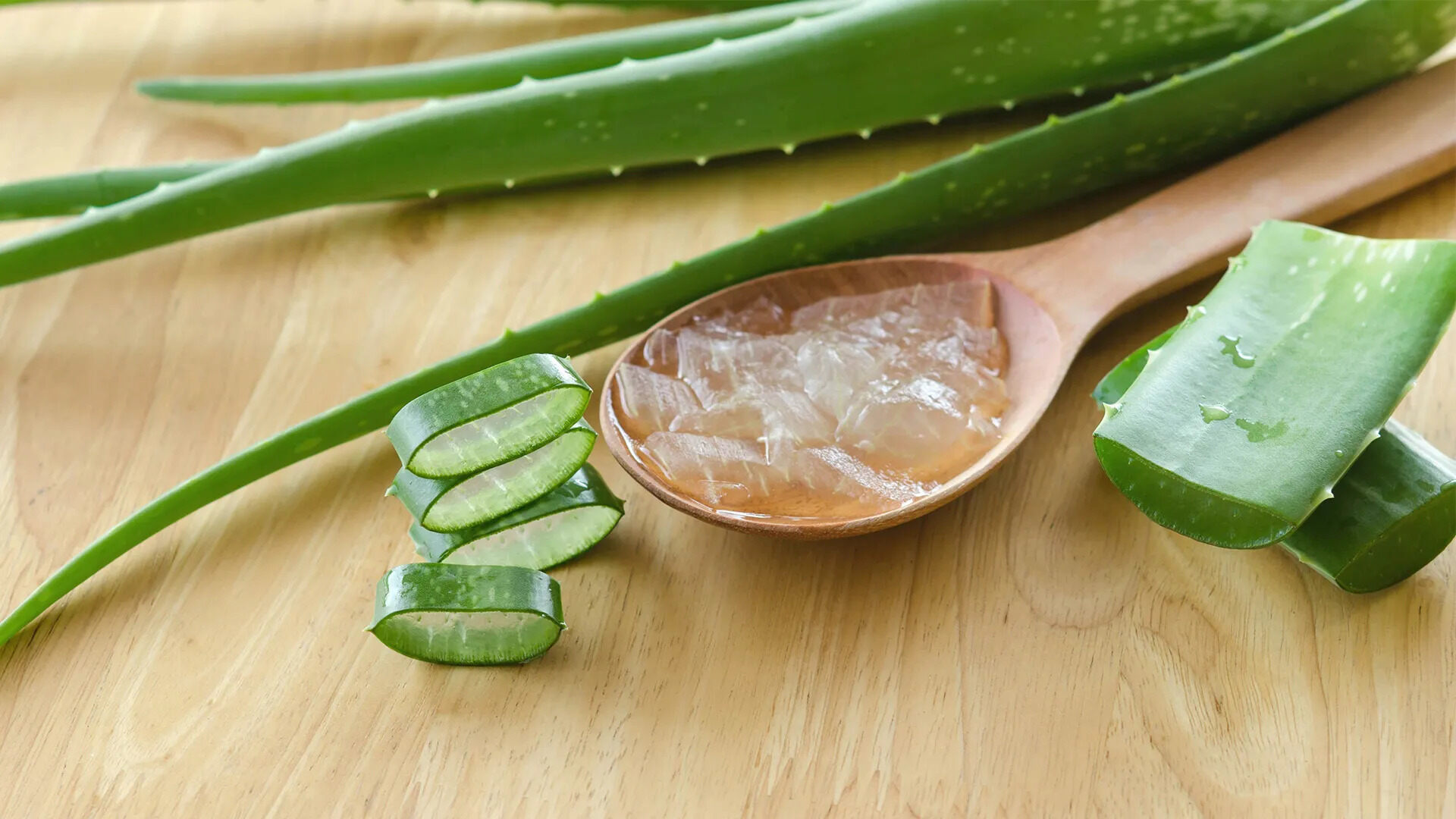
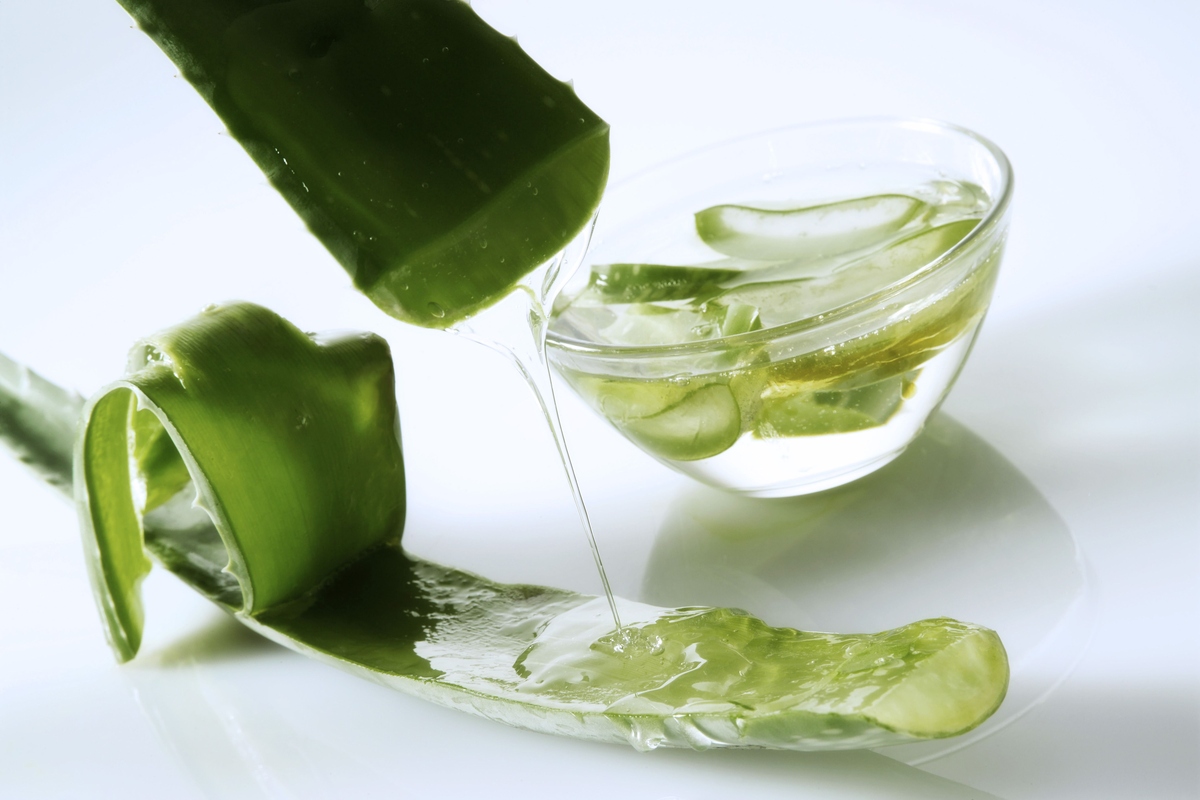
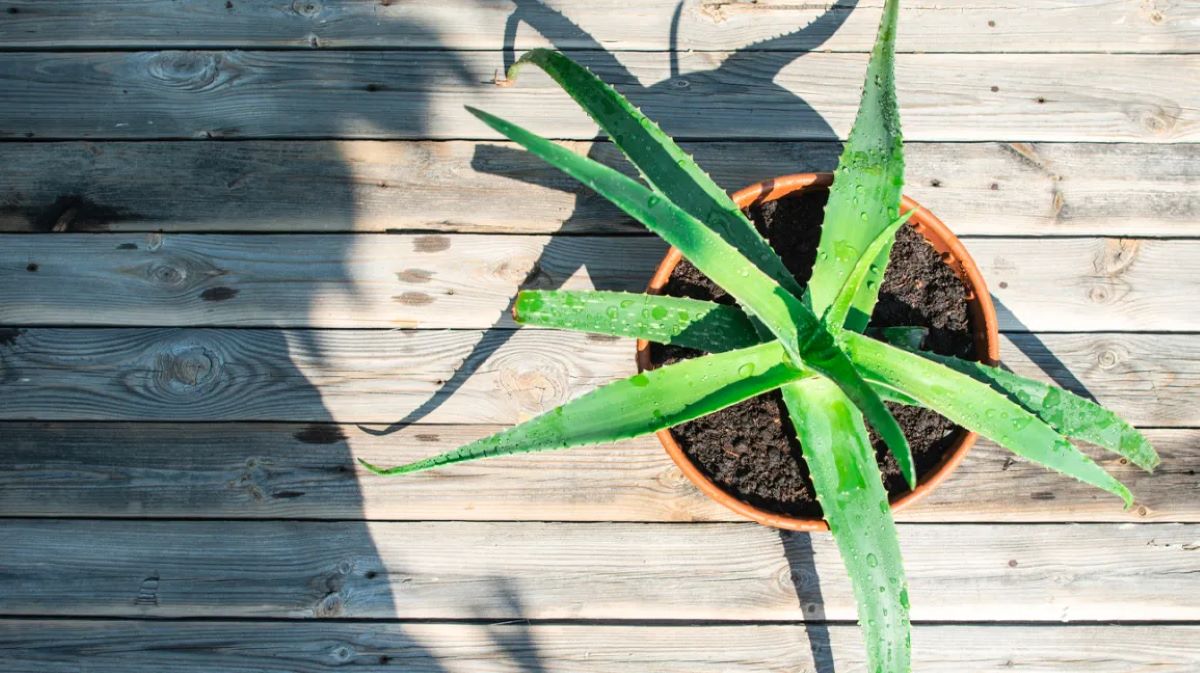
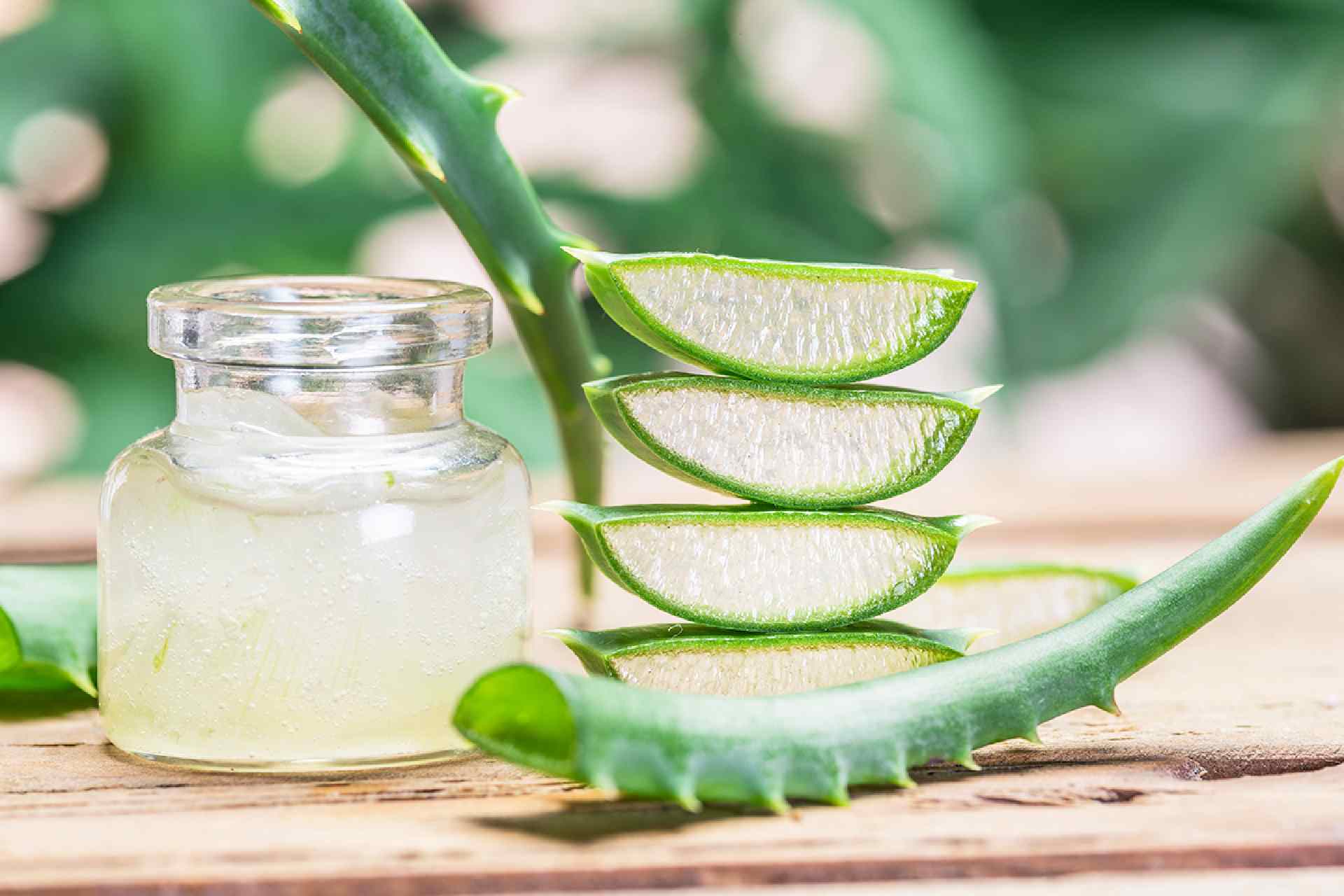
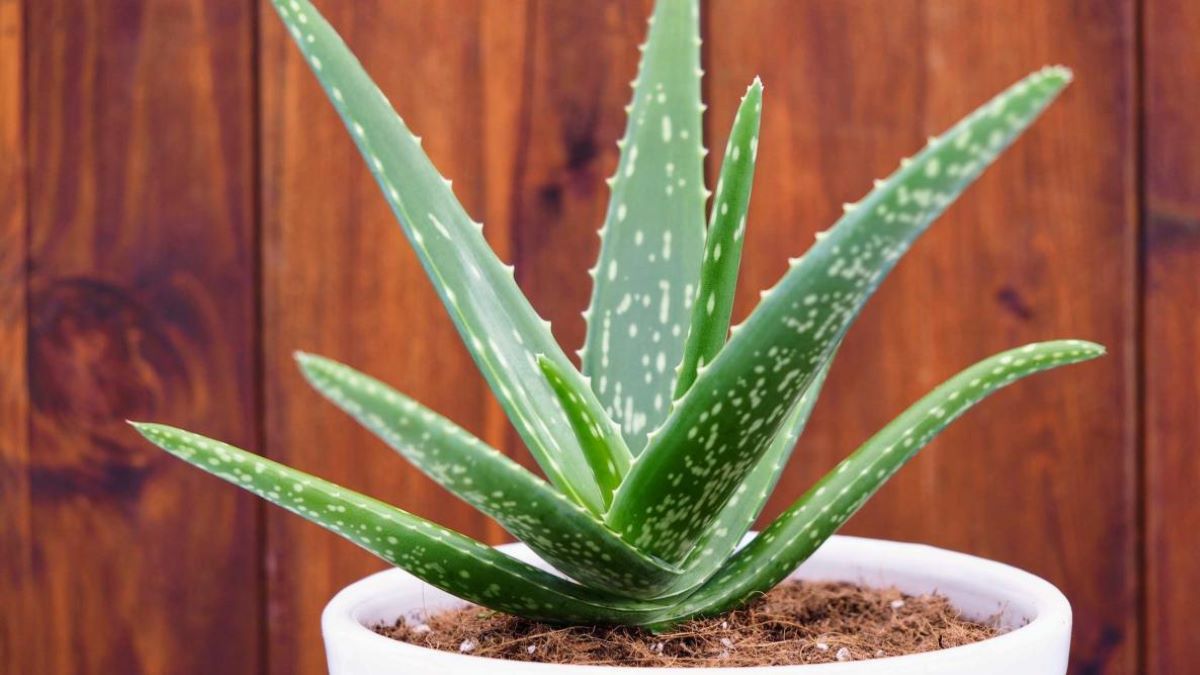
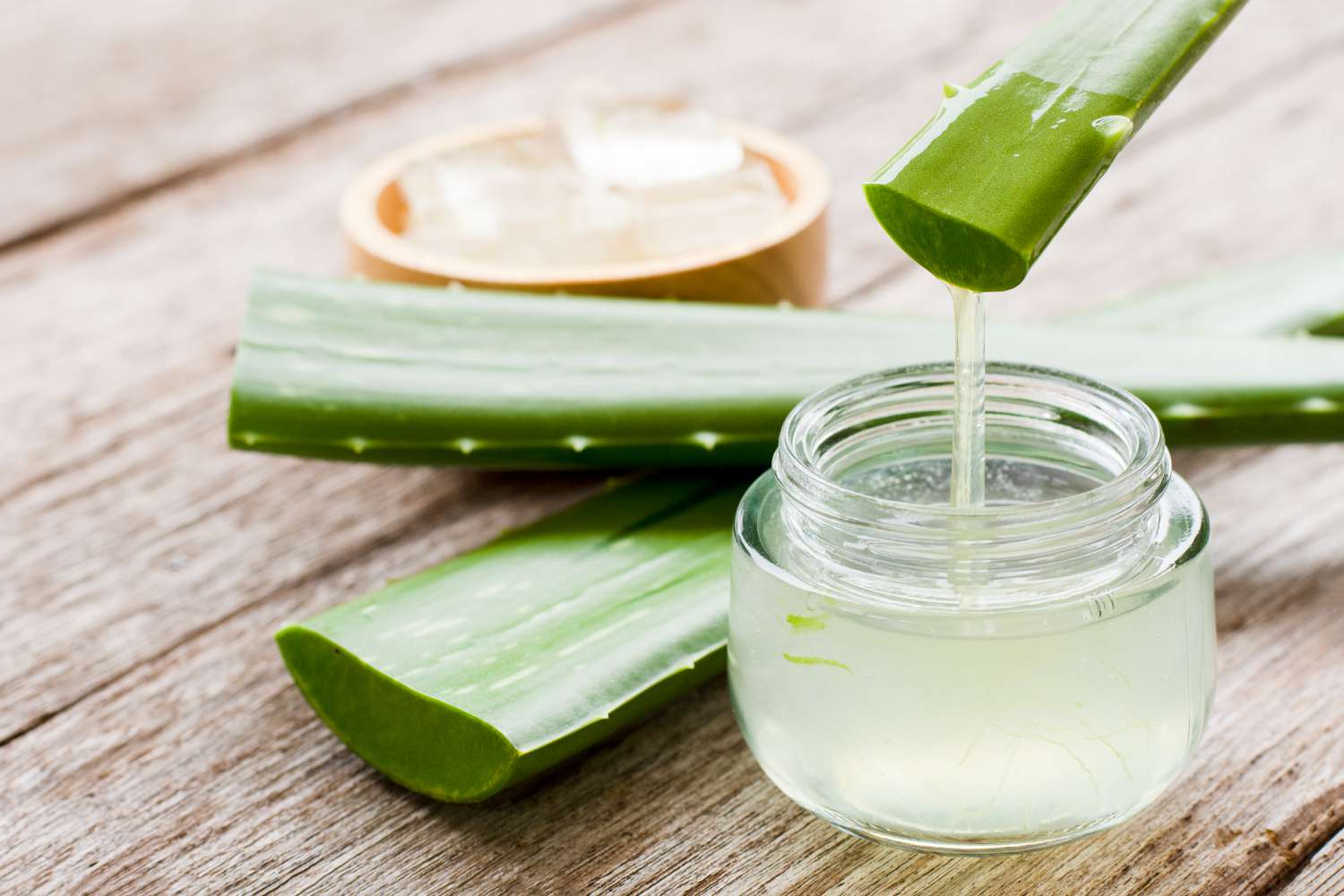
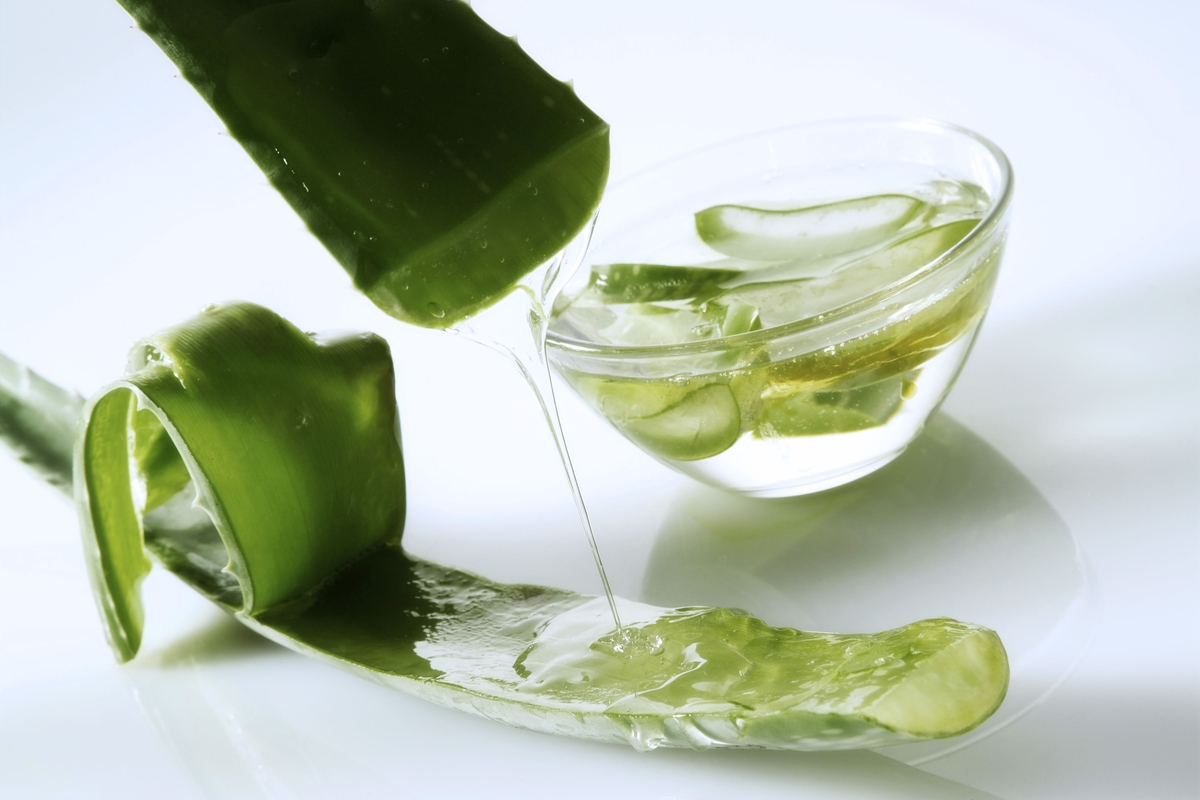
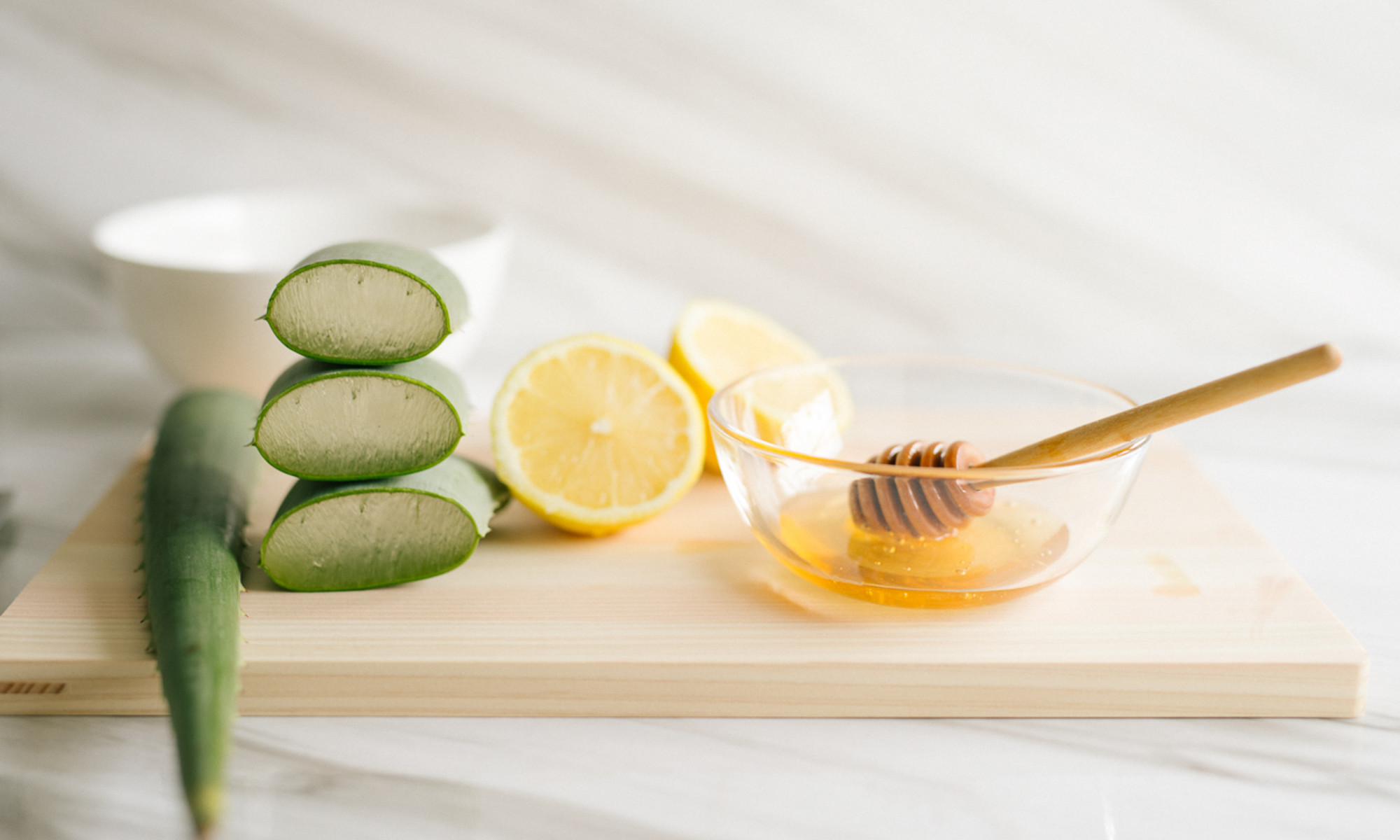
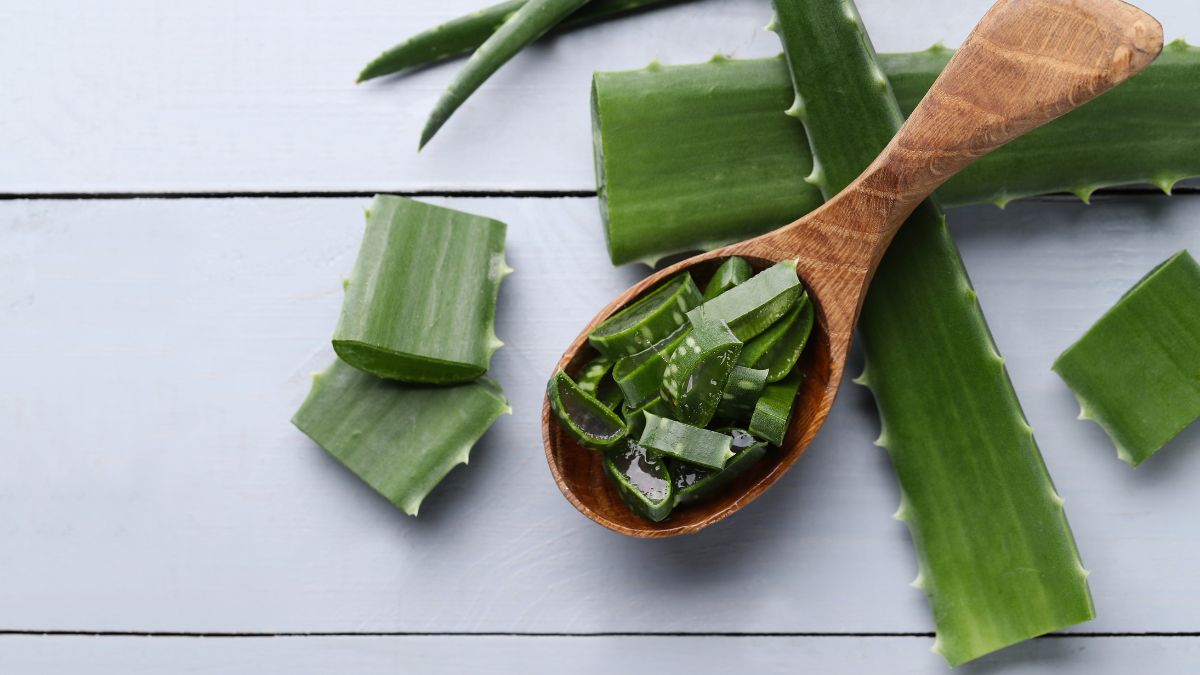
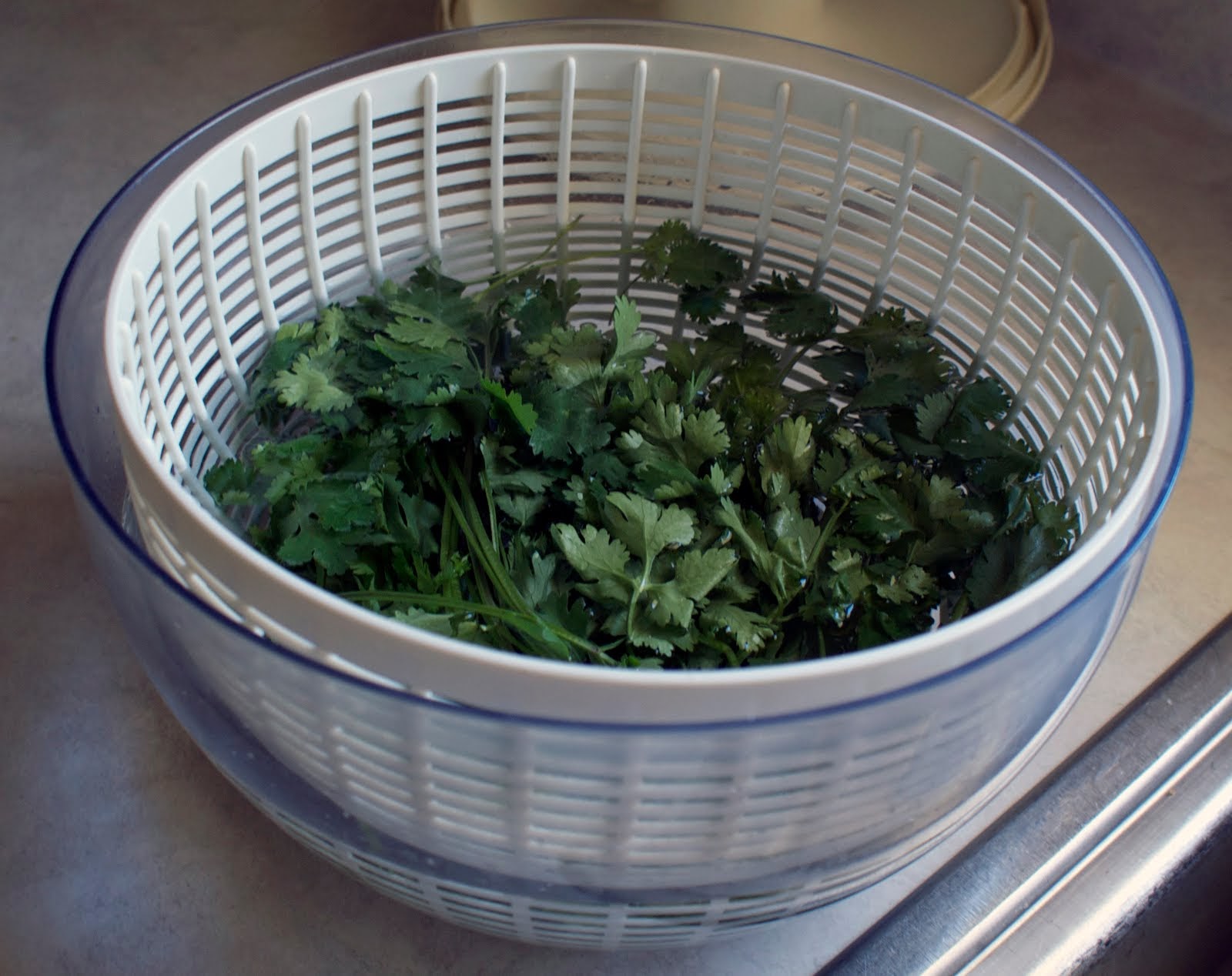
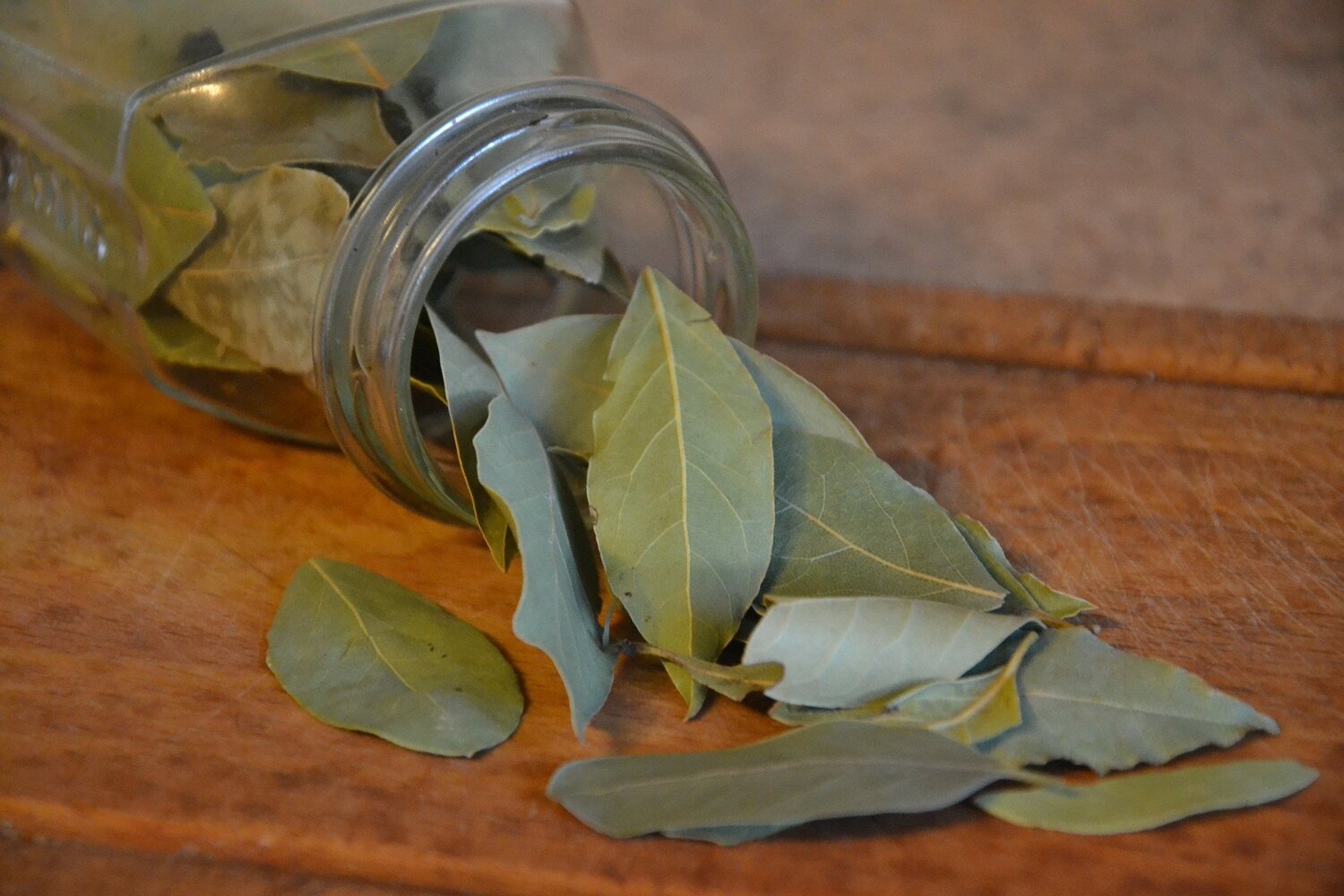

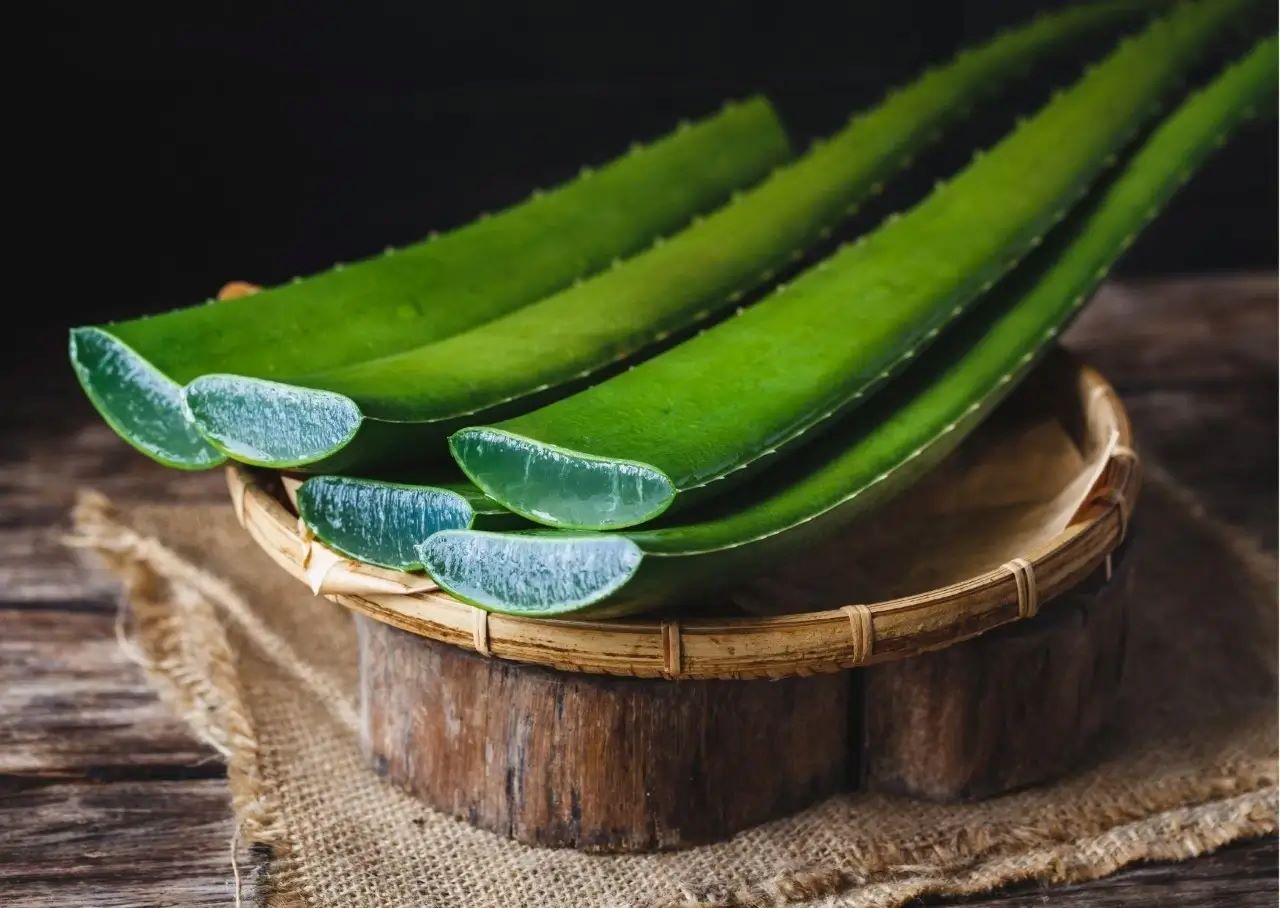
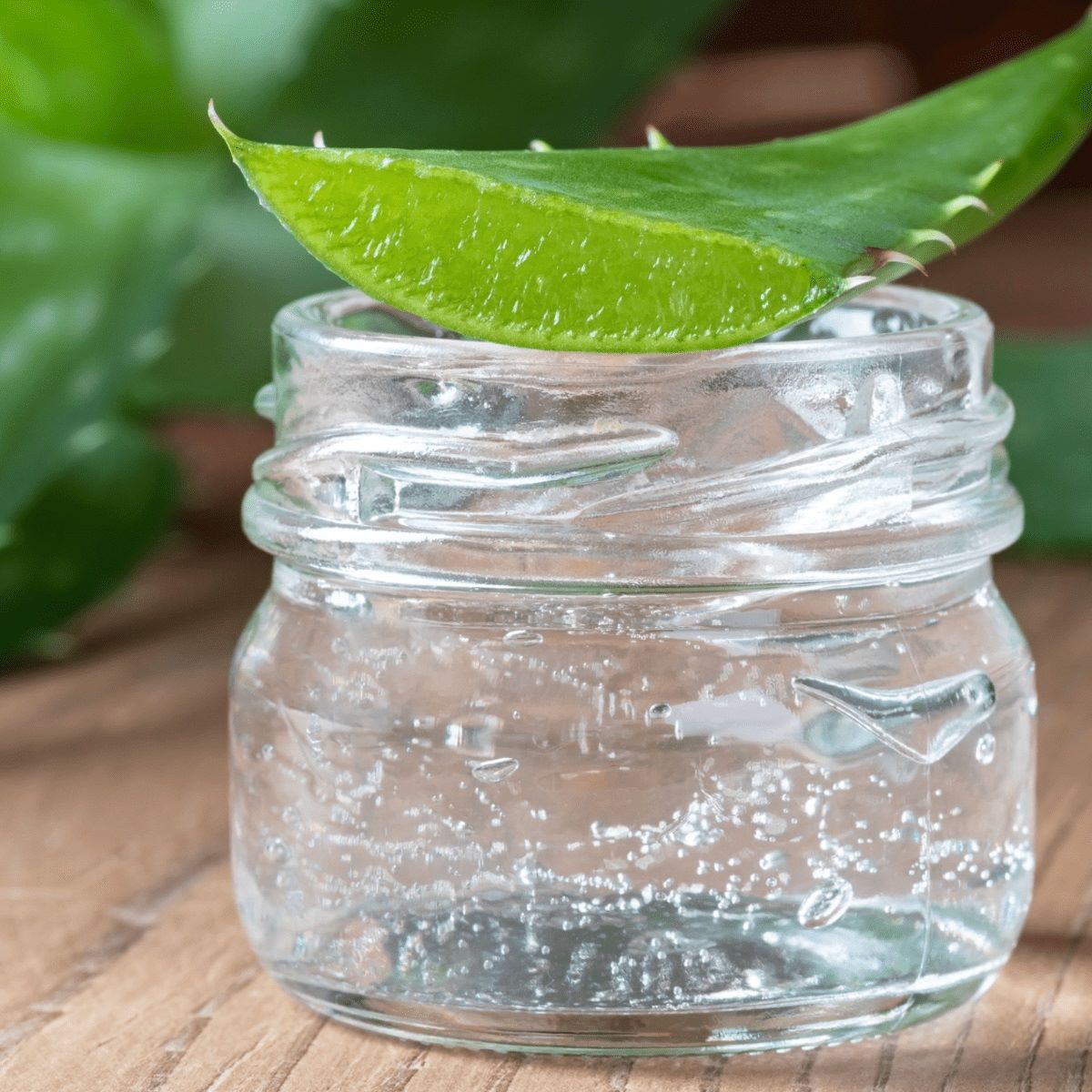

0 thoughts on “How To Store Cut Aloe Leaves”